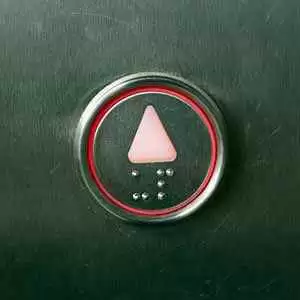
Celiac.com 08/30/2012 - Rates of Open Original Shared Link, and not just in the United States, with diseases like type 1 diabetes, celiac disease and lupus being diagnosed in increasingly higher numbers.
Rates of type 1 diabetes, for example, rose 23%, from 2001 to 2009, according to the American Diabetes Association, with a similar increase reported in Finland.
Celiac.com Sponsor (A12):
Epidemiologists in Norway have been arguing that the rising rates are are the result of a genuine "biological change of the disease," not the result of better diagnostics. They are concerned about higher rates of autoimmunity in urban areas compared to their rural counterparts.
Swedish and German researchers concur that Open Original Shared Link.
Meanwhile, celiac disease also seems to be on the rise in the United States, with recent population-based data suggest a sharp increase in rates over the last several decades.
As science has helped eliminate worms from our bodies, once a common intestinal parasite, the incidence of inflammatory bowel disease (IBD) has gone from 1 in 10,000 people to one in 200.
Open Original Shared Link.
According to a new study published in the journal Arthritis & Rheumatism, there was a Open Original Shared Link over the period from 1995 to 2006. Of those with the condition, half were African American. In fact, blacks suffer end-stage renal disease at rates six to seven times greater than whites.
Dr. Frederick Miller of the National Institute of Environmental Health Sciences agrees with Ladd. He also believes that the surge in autoimmune disease diagnosis likely has an environmental component.
So, what does all this mean? At the moment, there is no clear answer. Numerous researchers are busy studying the more than 80 different types of autoimmune disease, and struggling to find causes and develop treatments.
According to Dr. Miller, research offers the best way to fight rising rates of autoimmune disease, by helping to understand the genetic and environmental risk factors. This will help doctors spot those at risk for developing any given disease after certain environmental exposures, and perhaps to minimize those exposures and prevent the disease from developing in the first place.
In the mean time, people with celiac disease and other autoimmune conditions can only continue their own treatments, and perhaps find some small solace in knowing that they are not alone, and that science is working to provide answers.
Source:
- Open Original Shared Link







Recommended Comments